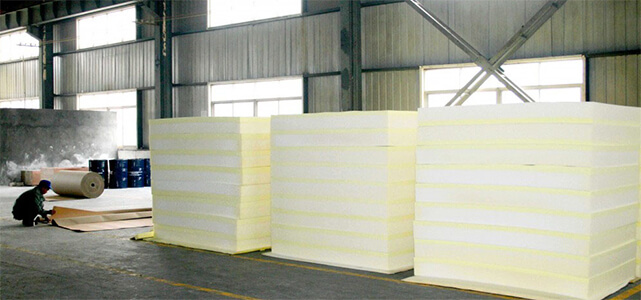Reflex foam is commonly found in the transitionary and base foam layer of foam mattresses. It is higher density than memory foam, but still has enough give to it where it isn't as hard as a solid surface.
Reflex foam, like memory foam, is a polyurethane foam blend, which has been adjusted for higher density during its manufacturing.
Although some very firm mattresses are made completely of reflex foams, most foam mattresses are a blend of memory foam on the top layer followed by reflex foams in the middle and bottom layers.
Pros: Firmer, supportive foam that enables enough contour for heavier sleepers and support to traditional memory foam mattresses.
Cons: Lower quality foams can offgas toxic chemicals and sag faster than alternatives.
Overall Score: 8.6/10
Comfort: 8.7/10
Softness: 8/10
Heat: 8.1/10
Hypoallergenic: 8.1/10
Odor: 8.9/10
Eco-Conscious: 8/10
General Support: 9.5/10
Price Value: 9.2/10
Reflex foam is a polymer created during a chemical reaction between polyol and diisocyanate (two chemicals created from organic compounds). The ratio of polyol to diisocyanate is 2:1 to form polyurethane, though there may be other compounds that are added to create just the right amount of elasticity and density for each piece of foam. When the chemical reaction occurs in the presence of water with catalysts like tin and amines, a new viscous liquid in the consitency of a ice cream is formed. This hot mixture is then placed in a mold, dried, cooled, and cut for the use in mattresses.
Generally, reflex foam is used as a middle or bottom layer to popular foam mattresses. Some firmer varieties may be completely or near completely reflex foam.

